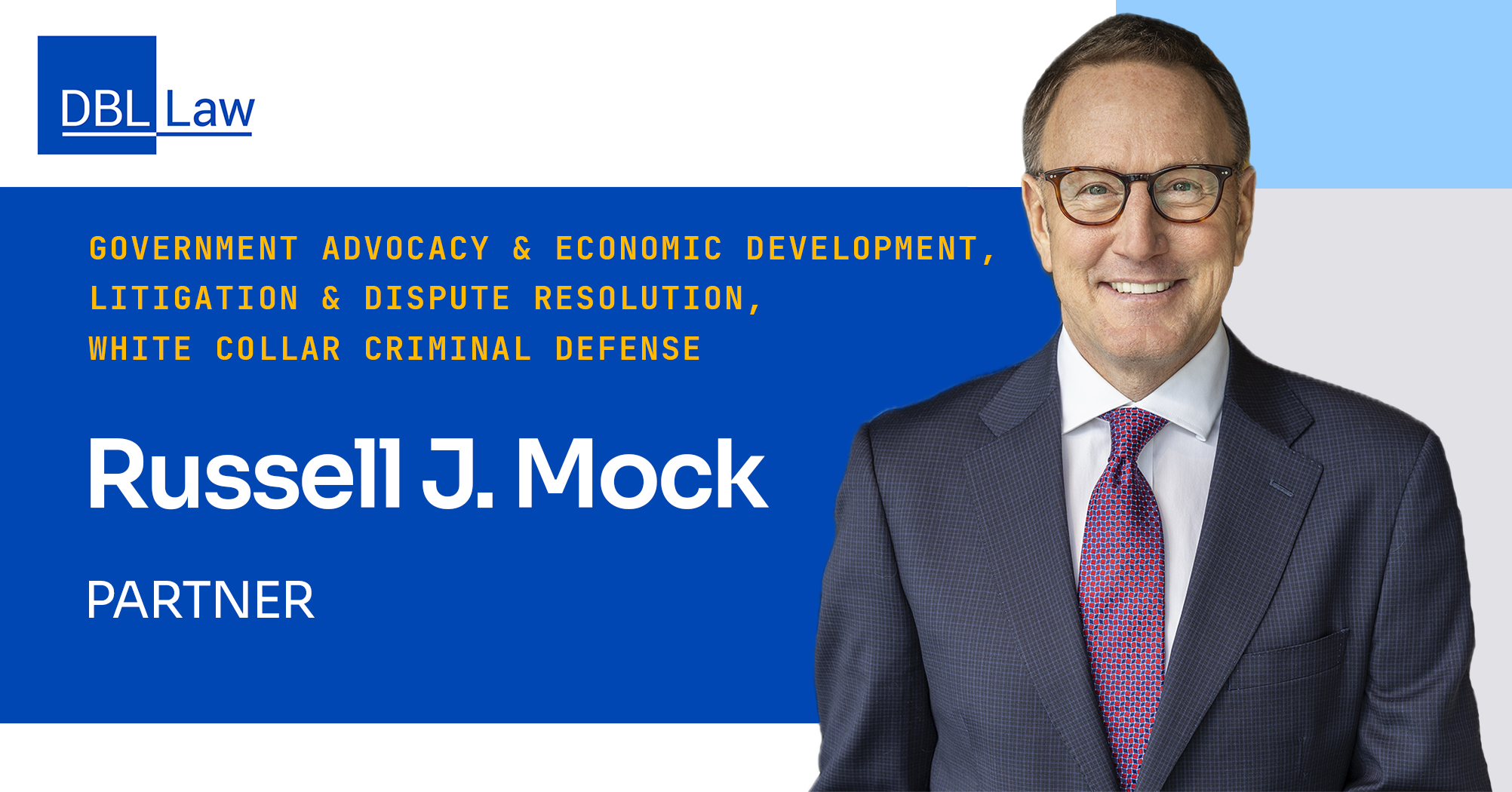On January 29, 2021, the Occupational Safety and Health Administration (OSHA) released updated guidance concerning the mitigation and prevention of the spread of COVID-19 in the workplace. Importantly, this guidance emphasizes that employers should implement a COVID-19 prevention program for the workplace. The program should involve employee input. The following key elements should be included in the prevention program:
- Conducting a hazard assessment;
- Identifying control measures to limit the spread of COVID-19 in the workplace;
- Adopting non-punitive policies to ensure employees who are infected or potentially infected are separated and removed from the workplace;
- Training employees; and
- Implementing anti-retaliation protections where employees who raise COVID-19 concerns.
The guidance details key measures designed to limit the spread of COVID-19, specifically:
- Implementing physical distancing;
- Installing barriers when physical distancing cannot be maintained;
- Proper use of masks in the workplace;
- Proper use of PPE (when necessary);
- Improving ventilation;
- Providing proper supplies for good hygiene, and
- Routine cleaning and disinfecting.
OSHA’s new guidance also highlights the importance of employee involvement in mitigating and preventing the spread of COVID-19 in the workplace. Employees should be actively involved in designing and implementing the COVID-19 prevention program. Employees also should be informed of mitigation and prevention efforts, including removing any language barriers to that information. Policies should be specifically designed to encourage reporting of COVID-19 safety concerns, including a strong anti-retaliation policy and an anonymous reporting process.
The guidance additionally provides an increased emphasis on the use of face coverings to prevent the spread of COVID-19. Included in this part of the guidance are recommendations that masks be provided at no cost; employers discuss reasonable accommodations for those with difficulties wearing masks because of a disability; requiring visitors to wear masks; and providing alternative face coverings when standard masks are not feasible or sufficient.
While the new guidance is advisory in nature and not mandatory, employers are mandated to comply with OSHA’s general duty clause requiring them to protect employees from recognized hazards in the workplace. As COVID-19 is a recognized workplace hazard, taking appropriate measures to protect workers from COVID-19 in the workplace is imperative.




